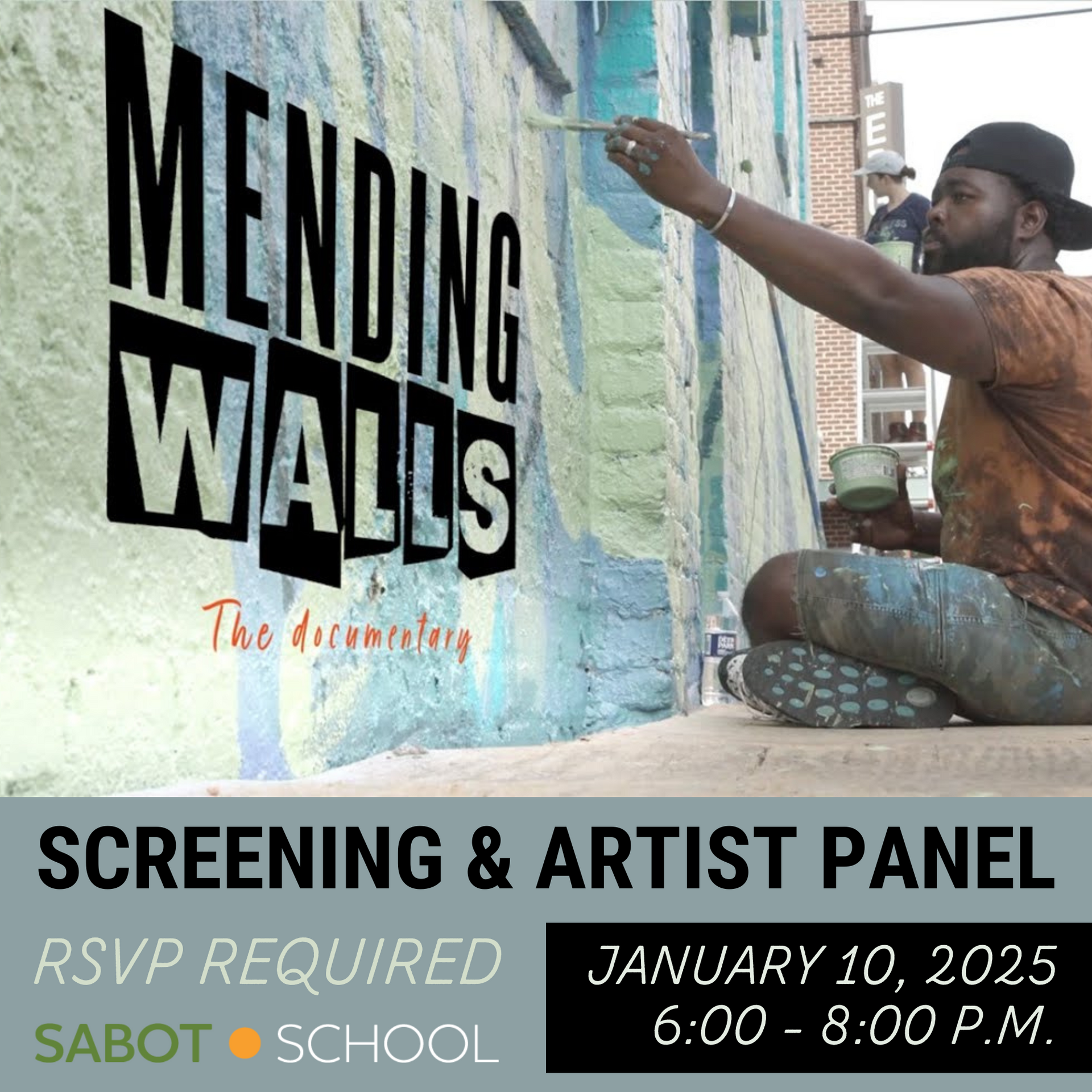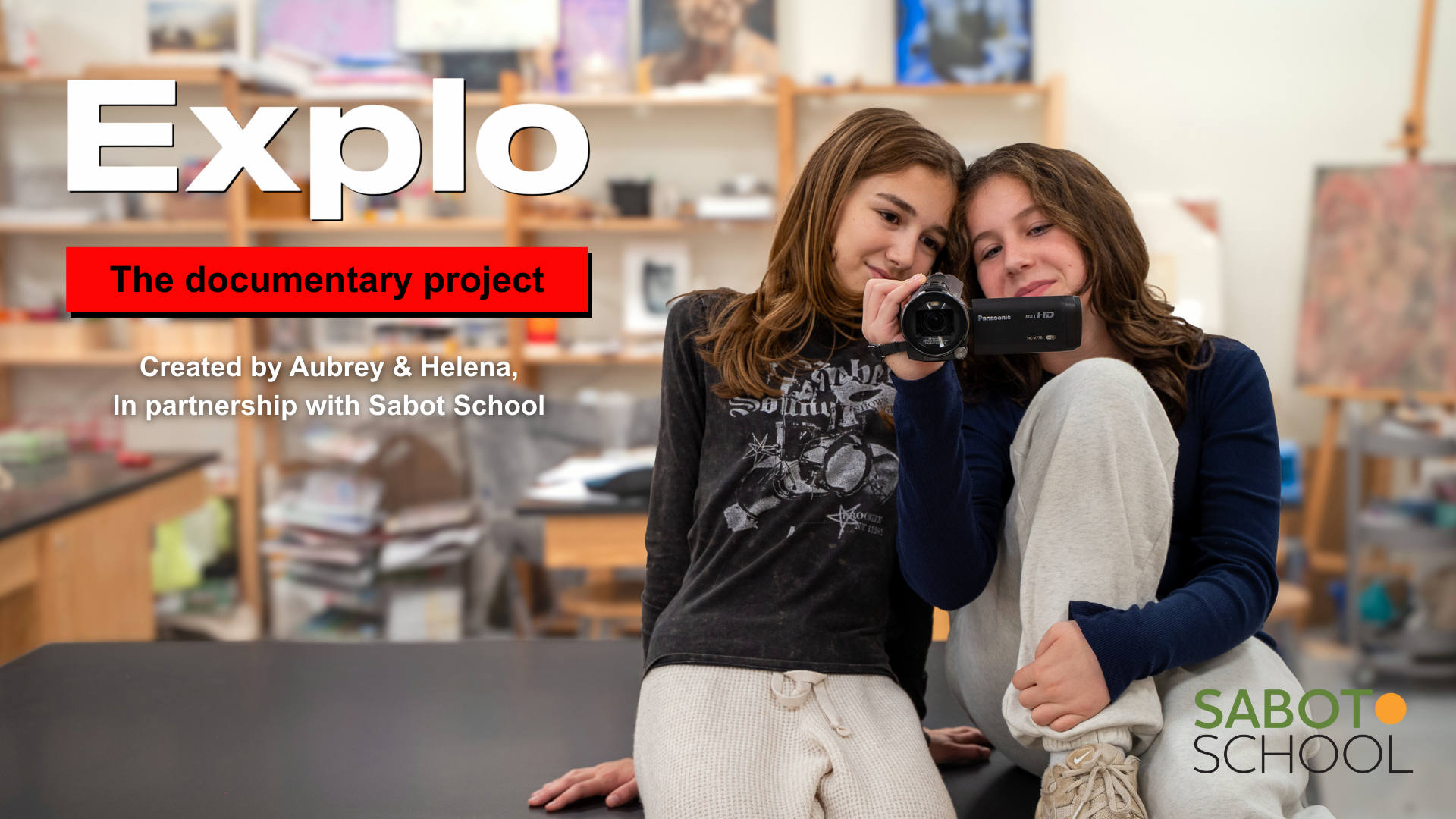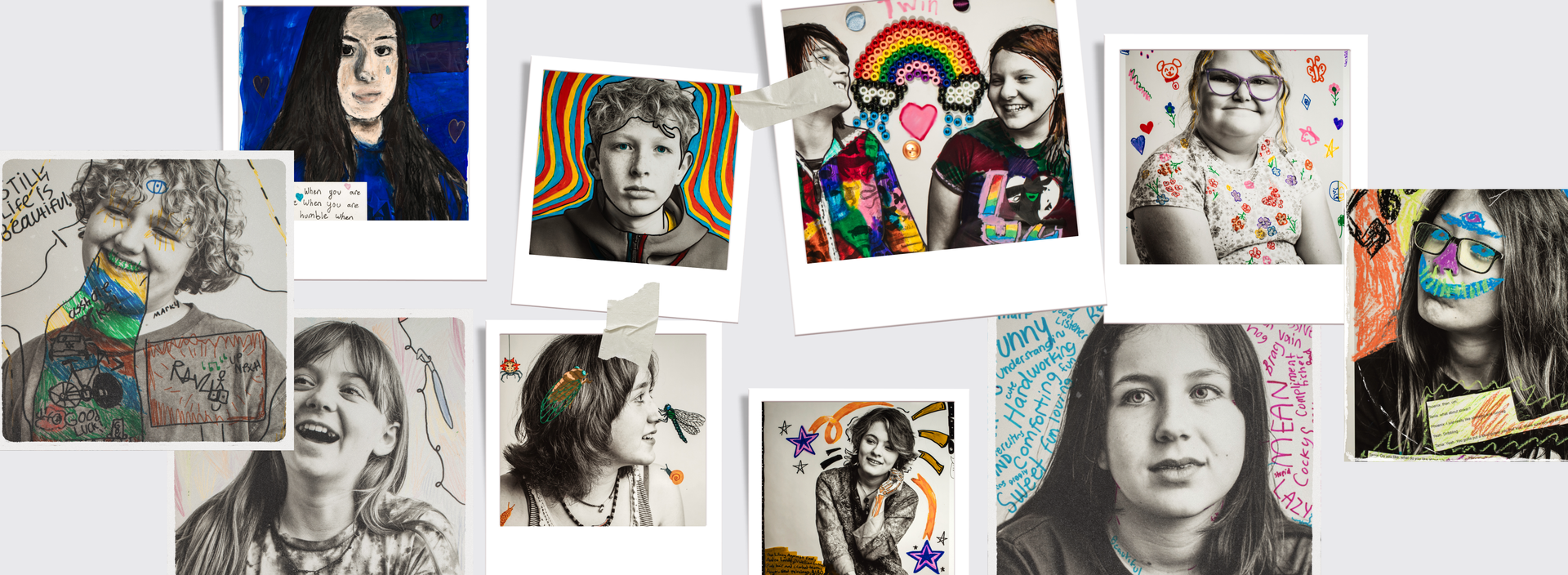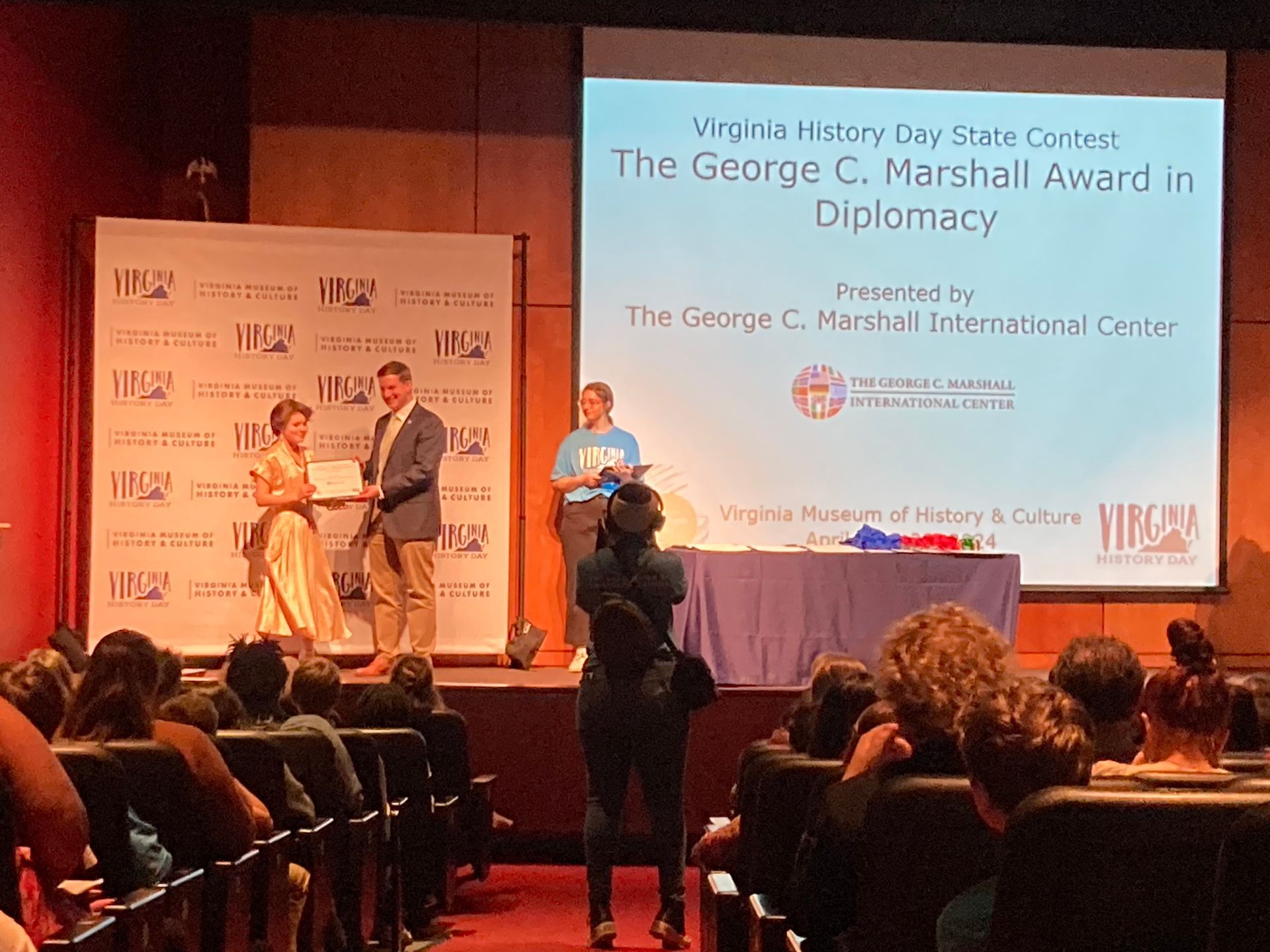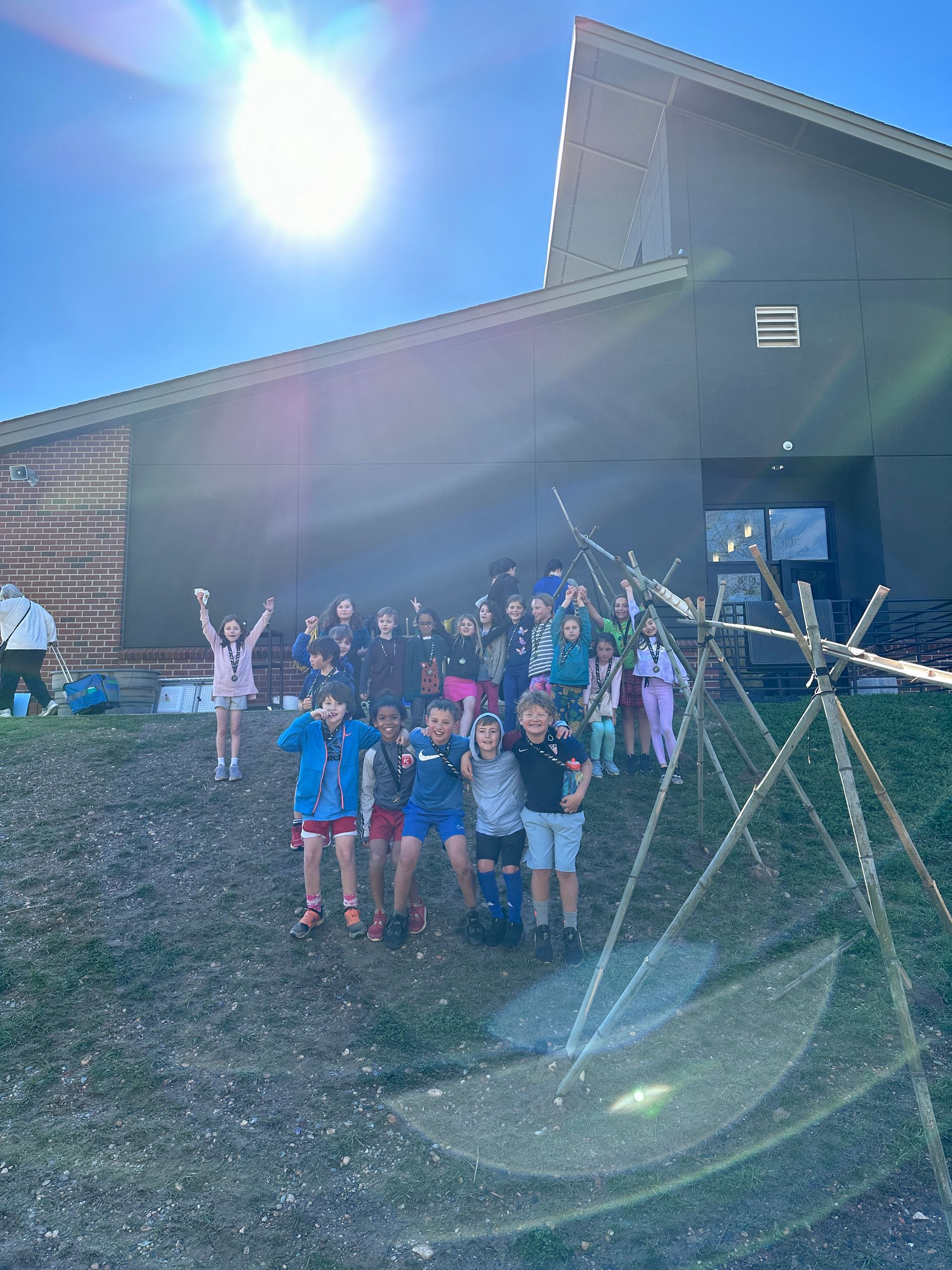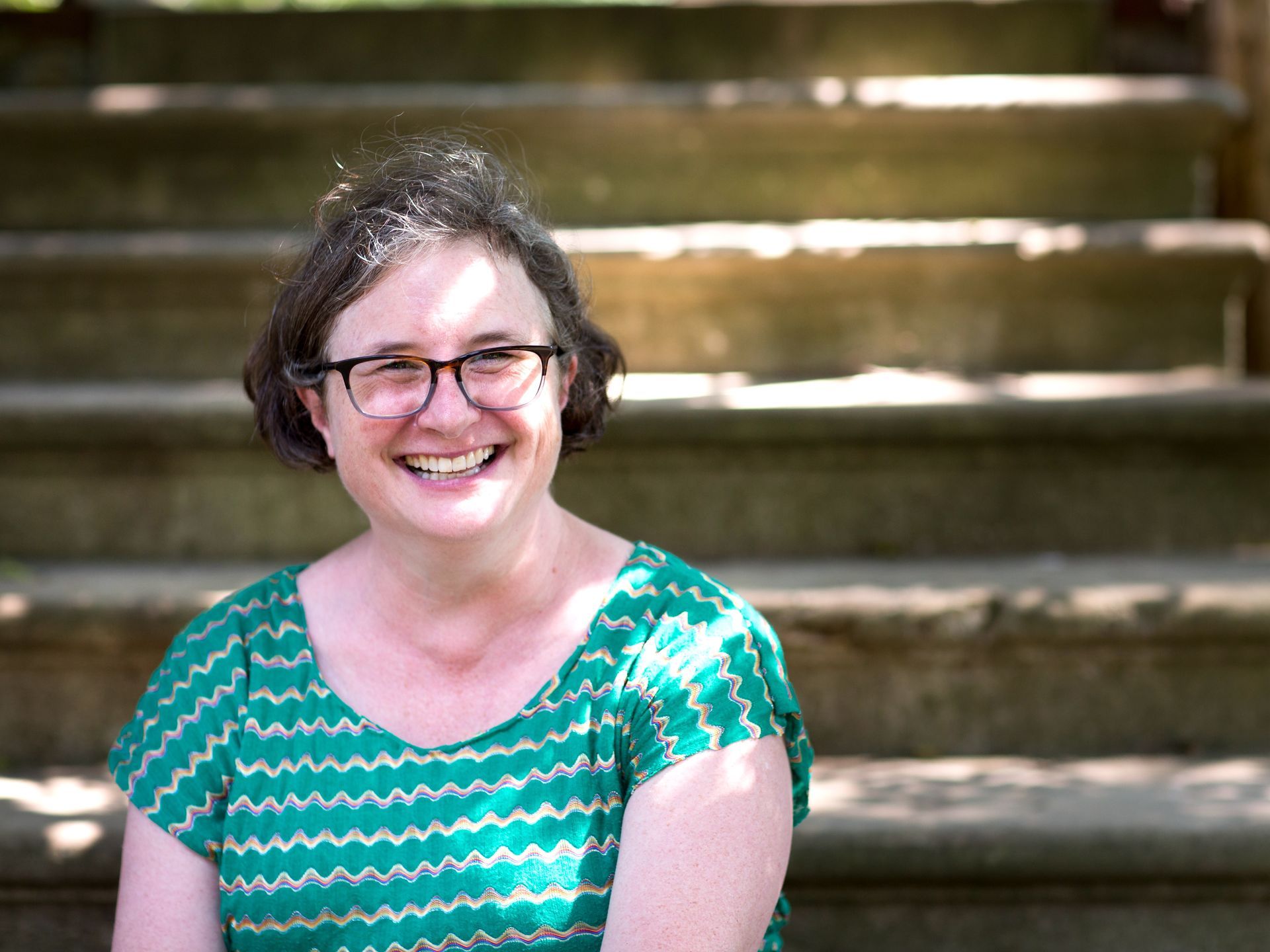Demystifying ‘Project Work’
Earlier in October, Third Grade had a long class conversation around the question:
What jobs are never finished?
Teacher-Researchers Patrick and Macee asked this question of the children in their class “to start thinking about stewardship and to eventually get across the idea that stewardship isn't a one time thing, but a commitment. The class came up with some great ideas:
- Counting the days/ calendar
- Taking care of a pet.
- Eating and getting food.
- Growing
- Taking care of each other - police, hospitals and firefighters are always on duty/ready to help.
- Things you never start.”

“Things you never start.” Wow.
That last response, “Things you never start,” is profound. Imagining something is one thing; bringing it to life is another.
In the Reggio Emilia Approach®, the Italian term
progettazione describes a process that is a combination of project-based learning, emergent curriculum, and curriculum planning. It is a continuous dialogue between adults and children. Project work can emerge from any aspect of the learning experience - foundational concept, the environment, the daily routine, or an individual curiosity.

Sabot Teacher-Researchers harness children’s natural engagement with the world to guide them toward deeper inquiry. From the earliest years, children learn to make their own learning process visible. Teachers model planning, support follow-through, and help children transform their ideas into action. Through thoughtful observation, questioning, reflection, and iteration, children develop critical thinking and bring their theories “to life.”
Inquiry, at any age, is complex and non-linear. To capture this process, Sabot has framed this as the “5 R’s” of project work:
Relationship: Children are part of a community at Sabot.
Research: Children have curious and open minds.
Representation: Children have a hundred languages.
Reflection: Children think about their thinking.
Reach: Children seek continuous improvement.
By documenting each stage of a project, teachers and children can trace how understanding evolves, both individually and collectively. This documentation allows for interpretation, feedback, and reflection on how learning happens - not only for the adults but, more importantly, for the child.
A few weeks ago, the children in Shayla’s and Laura’s First Grade, developed ideas for projects they would like to work on and created their plans. Here they explain the process that took place in the studio.
“The kids focused on creating plans that demonstrated the evolution of their project ideas. They learned about the materials they would be using and many of the kids opted to use clay. Paige (Preschool to Grade 3 Atelierista) demonstrated how to work with clay safely and effectively. Through their studio work this week, the children were able to explore several things:
- the affordances (what a material can or cannot do) of clay as a material for creating
- how to create a step-by-step plan for a project (with sequencing!)
- how to label their own drawings to make their thinking visible
- how to revise their ideas and show perseverance when their initial attempts do not work”

A similar process unfolds for older students in Exploratory. When students enter Sixth Grade at Sabot, they begin the Exploratory curriculum, designing and presenting original research projects each quarter. As Richard, the Grades 4-8 Atelierista, explains:
“Exploratory is a space dedicated to process building: how does one accomplish what they set out to do? At its best, a student can develop practices here that will last a lifetime and guide them in exploring any subject or topic they choose. But how does one get there? How does one learn the process of learning a process?”

“6th grade has begun that very journey. They are learning to build arguments that support their chosen areas of study. They are researching who has explored these fields before them and identifying the masters and makers within them. And they are developing systems of reflection and presentation so that knowledge can be revisited, deepened, and shared.”
Across ages, children’s ideas and theories are treated as valuable contributions. Teachers listen carefully, ask purposeful questions, and offer multiple forms of expression so children can make their thinking visible. Through guidance, practice, and persistence, students build the skills—and confidence—to transform their theories into reality.
Notes:
Stewardship is our schoolwide Umbrella Project Theme.
Affordances is a word to describe what a material can or cannot do.
Exploratory is the title of the independent study studio class for students in Grades 6-8 and the curriculum is student-driven project work.
Progettazione
is the Italian word for which there’s no direct English translation. It means ‘projected curriculum’ or the way we plan curriculum by taking big ideas, teacher goals and children’s interests into account. Progettazione is created through the process of documentation, making children’s learning visible.
SHARE THIS POST
